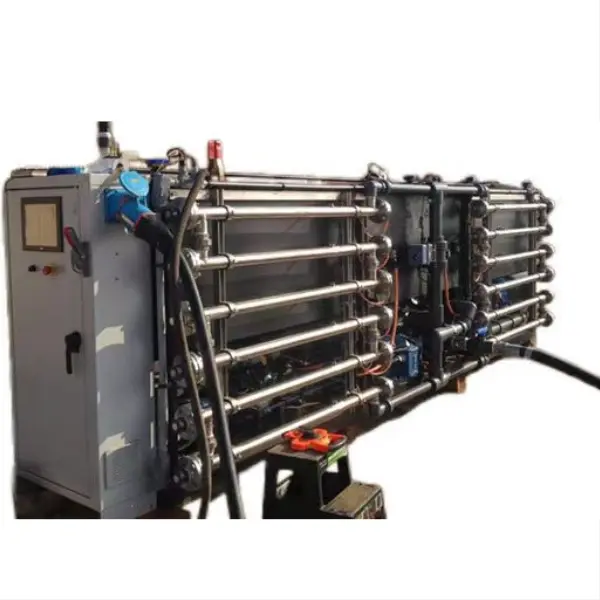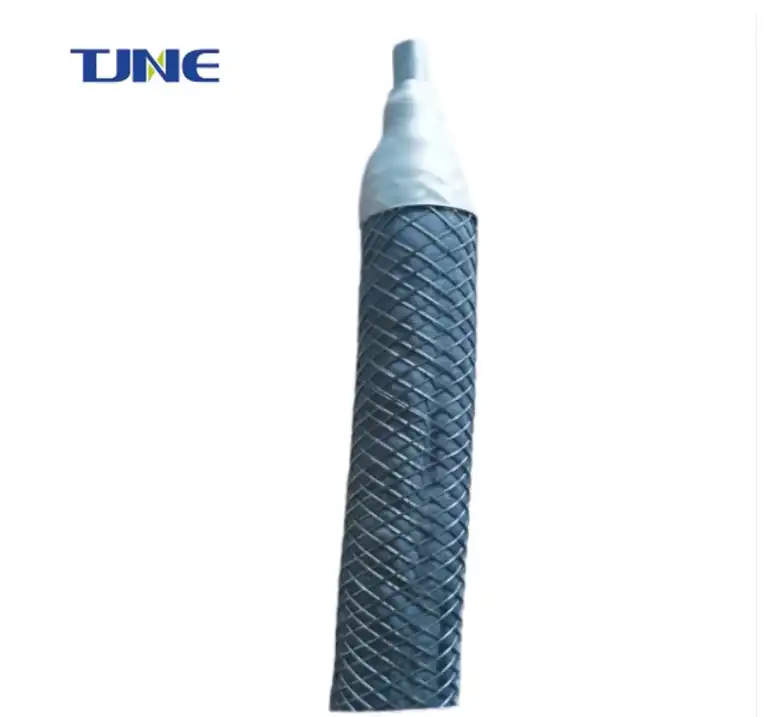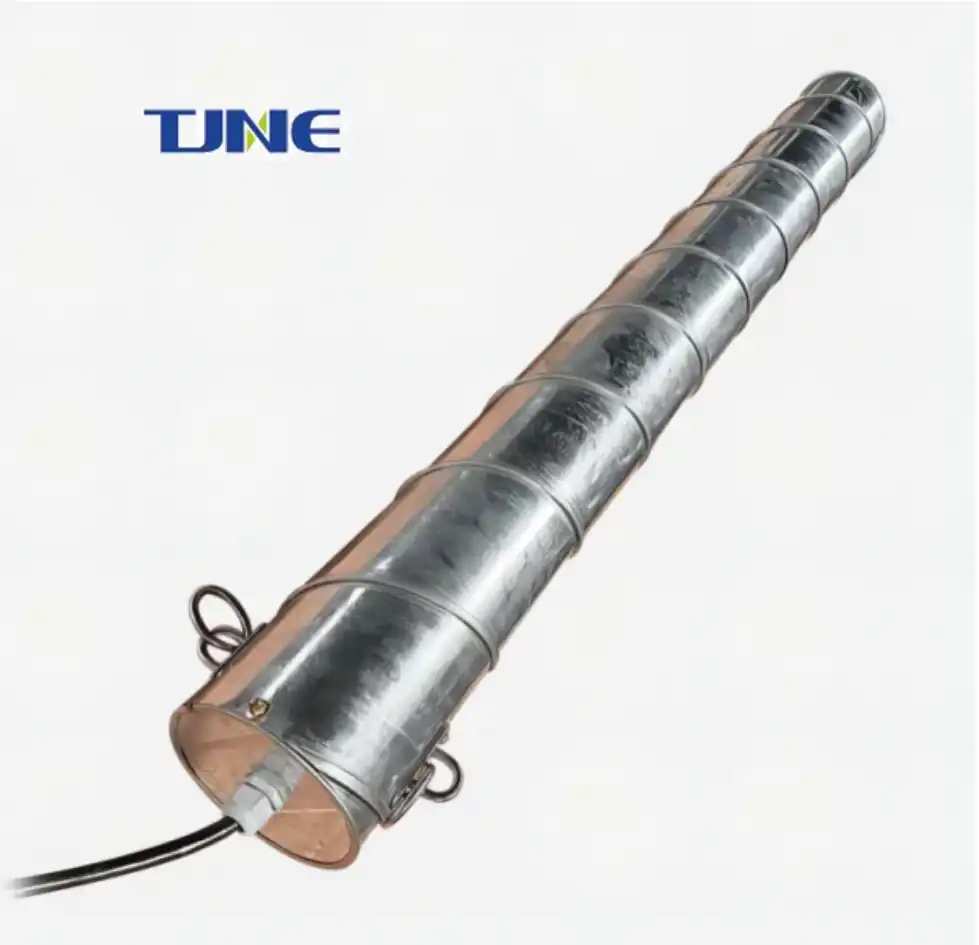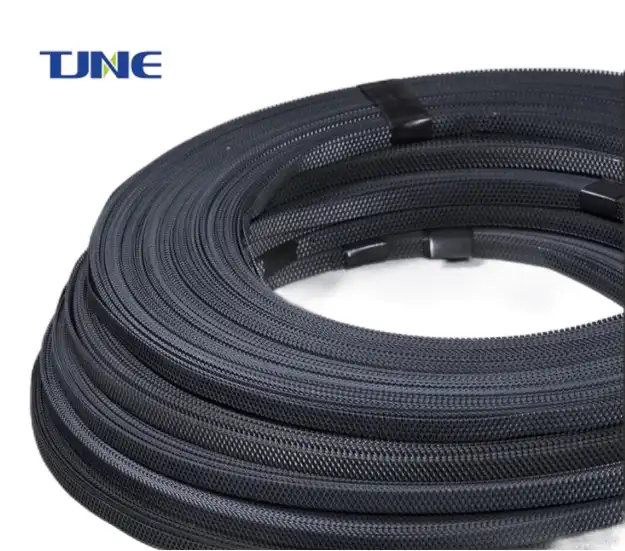- English
- French
- German
- Portuguese
- Spanish
- Russian
- Japanese
- Korean
- Arabic
- Greek
- German
- Turkish
- Italian
- Danish
- Romanian
- Indonesian
- Czech
- Afrikaans
- Swedish
- Polish
- Basque
- Catalan
- Esperanto
- Hindi
- Lao
- Albanian
- Amharic
- Armenian
- Azerbaijani
- Belarusian
- Bengali
- Bosnian
- Bulgarian
- Cebuano
- Chichewa
- Corsican
- Croatian
- Dutch
- Estonian
- Filipino
- Finnish
- Frisian
- Galician
- Georgian
- Gujarati
- Haitian
- Hausa
- Hawaiian
- Hebrew
- Hmong
- Hungarian
- Icelandic
- Igbo
- Javanese
- Kannada
- Kazakh
- Khmer
- Kurdish
- Kyrgyz
- Latin
- Latvian
- Lithuanian
- Luxembou..
- Macedonian
- Malagasy
- Malay
- Malayalam
- Maltese
- Maori
- Marathi
- Mongolian
- Burmese
- Nepali
- Norwegian
- Pashto
- Persian
- Punjabi
- Serbian
- Sesotho
- Sinhala
- Slovak
- Slovenian
- Somali
- Samoan
- Scots Gaelic
- Shona
- Sindhi
- Sundanese
- Swahili
- Tajik
- Tamil
- Telugu
- Thai
- Ukrainian
- Urdu
- Uzbek
- Vietnamese
- Welsh
- Xhosa
- Yiddish
- Yoruba
- Zulu
Ballast water management is a critical aspect of modern shipping, essential for maintaining vessel stability and safety while preventing the spread of invasive aquatic species. In recent years, titanium electrodes have emerged as a game-changing technology in ballast water treatment systems (BWTS). These electrodes play a pivotal role in electrochlorination, a process that generates disinfectants to neutralize harmful organisms in ballast water. The advantages of titanium electrodes in this application are numerous, ranging from enhanced durability to improved efficiency and environmental benefits. This blog post will delve into the key advantages of titanium electrodes in ballast water systems, exploring their impact on system performance, longevity, and compliance with international regulations.
How do titanium electrodes improve the efficiency of ballast water treatment systems?
The efficiency of ballast water treatment systems is paramount in ensuring the effective neutralization of harmful aquatic organisms and pathogens. Titanium electrodes significantly contribute to this efficiency through several mechanisms:
1. Superior Conductivity: Titanium, when coated with precious metals like platinum or iridium, exhibits excellent electrical conductivity. This property allows for efficient electron transfer during the electrochlorination process, resulting in higher production rates of disinfectants. The enhanced conductivity means that less energy is required to generate the same amount of disinfectant compared to other electrode materials, leading to overall system efficiency improvements.
2. Uniform Disinfectant Generation: The design and composition of titanium electrodes promote a more uniform distribution of electrical current across their surface. This uniformity translates to consistent disinfectant generation throughout the treatment process, ensuring that all ballast water receives adequate treatment. The even distribution of disinfectants is crucial for maintaining treatment efficacy across large volumes of water, which is typical in maritime applications.

3. Rapid Treatment Times: The high efficiency of titanium electrodes in generating disinfectants allows for faster treatment cycles. This rapid treatment capability is particularly beneficial in port environments where time is often a critical factor. Vessels can treat their ballast water more quickly, reducing turnaround times and operational costs associated with extended port stays.
4. Adaptability to Water Conditions: Titanium electrodes demonstrate remarkable adaptability to varying water conditions, including changes in salinity, temperature, and pH. This versatility ensures consistent performance across different maritime environments, from freshwater ports to open ocean conditions. The ability to maintain efficiency across diverse water qualities is essential for global shipping operations that encounter a wide range of aquatic environments.
5. Low Power Consumption: The high conductivity and efficiency of titanium electrodes translate to lower power requirements for ballast water treatment systems. This reduced energy demand not only decreases operational costs but also aligns with the maritime industry's efforts to improve fuel efficiency and reduce carbon footprints. The energy savings can be substantial over the lifetime of the system, contributing to both economic and environmental sustainability.
The improved efficiency brought about by titanium electrodes in ballast water treatment systems has far-reaching implications. It not only ensures better compliance with international regulations such as the International Maritime Organization's Ballast Water Management Convention but also contributes to the broader goals of environmental protection and sustainable shipping practices. As the maritime industry continues to evolve, the role of efficient technologies like titanium electrodes will become increasingly crucial in balancing operational needs with ecological responsibilities.
What makes titanium electrodes more durable than alternative materials in marine environments?
The durability of components in marine environments is a critical factor in the design and operation of ballast water treatment systems. Titanium electrodes have gained prominence in this application due to their exceptional durability, outperforming many alternative materials. This superior longevity is attributed to several key characteristics:
1. Corrosion Resistance: The marine environment is notoriously harsh, with high salinity and the presence of corrosive elements that can rapidly degrade many materials. Titanium possesses an inherent resistance to corrosion, forming a stable, protective oxide layer on its surface when exposed to oxygen. This natural passivation process creates a barrier against chemical attack, allowing titanium electrodes to maintain their integrity even in the most challenging marine conditions. The corrosion resistance of titanium is particularly valuable in ballast water systems, where exposure to various water chemistries and potential contaminants is constant.
2. High Strength-to-Weight Ratio: Titanium offers an excellent strength-to-weight ratio, providing robust performance without adding excessive weight to the ballast water treatment system. This property is crucial in maritime applications where weight considerations directly impact fuel efficiency and vessel capacity. The high strength of titanium ensures that the electrodes can withstand the physical stresses associated with water flow, pressure variations, and potential impacts from suspended particles without compromising their structural integrity.
3. Temperature Stability: Marine environments can experience significant temperature fluctuations, from the cold waters of polar regions to the warm waters of tropical zones. Titanium electrodes maintain their mechanical and electrochemical properties across a wide temperature range, ensuring consistent performance regardless of the geographical location or seasonal variations. This temperature stability contributes to the overall reliability of the ballast water treatment system, allowing for uninterrupted operation in diverse climatic conditions.
4. Resistance to Erosion and Wear: The flow of water and suspended particles in ballast tanks can cause significant erosion and wear on treatment system components. Titanium's hardness and wear resistance properties make it highly resistant to these erosive forces. The electrodes maintain their surface integrity and dimensional stability over extended periods, preserving their electrochemical performance and ensuring long-term treatment efficacy.
5. Biofilm Resistance: In aquatic environments, the formation of biofilms on surfaces can lead to reduced efficiency and potential contamination. Titanium exhibits natural resistance to biofilm formation, largely due to its smooth surface and the properties of its oxide layer. This resistance helps maintain the cleanliness of the electrodes, ensuring consistent performance and reducing the need for frequent cleaning or maintenance.
The durability of titanium electrodes in marine environments extends beyond mere longevity; it ensures consistent performance, reduces maintenance needs, and contributes to the overall reliability of ballast water treatment systems. As regulatory requirements for ballast water management become more stringent and the focus on sustainable shipping practices intensifies, the role of durable, high-performance components like titanium electrodes becomes increasingly critical. Their ability to withstand the harsh conditions of marine environments while maintaining optimal functionality makes them an invaluable asset in the ongoing efforts to protect marine ecosystems from the threats posed by invasive species transfer through ballast water.
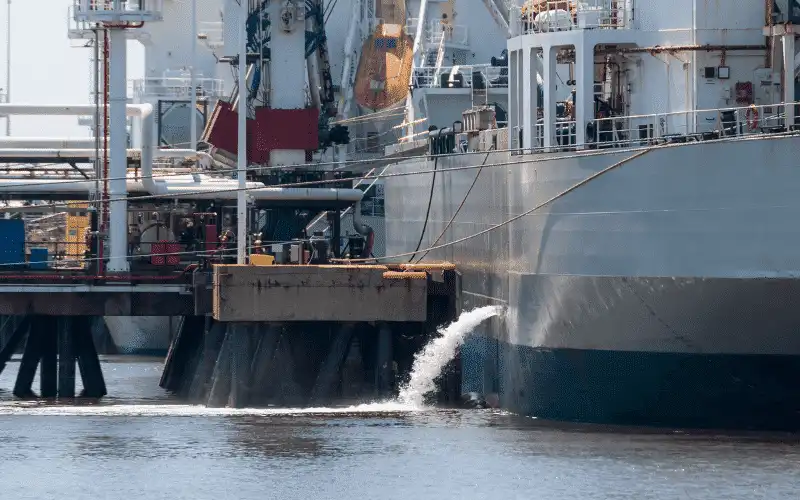
How do titanium electrodes contribute to the environmental sustainability of ballast water management?
The environmental sustainability of ballast water management is a critical concern in the maritime industry, given the potential ecological impacts of invasive species transfer and the energy consumption associated with treatment processes. Titanium electrodes play a significant role in enhancing the environmental sustainability of ballast water treatment systems (BWTS) through various mechanisms:
1. Efficient Disinfection with Minimal By-Products: Titanium electrodes, particularly when coated with catalytic materials, enable highly efficient electrochlorination processes. This efficiency allows for effective disinfection of ballast water with minimal generation of harmful by-products. The precise control over disinfectant production means that only the necessary amount is generated, reducing the potential for excess chemicals to be discharged into the marine environment. This targeted approach minimizes the ecological footprint of the treatment process while ensuring compliance with stringent discharge standards.
2. Energy Efficiency: The superior conductivity and performance of titanium electrodes contribute to the overall energy efficiency of ballast water treatment systems. By requiring less energy to achieve the same level of disinfection compared to alternative materials, titanium electrodes help reduce the carbon footprint associated with ballast water management. This energy efficiency aligns with broader maritime industry goals to reduce greenhouse gas emissions and improve fuel economy, contributing to global efforts to combat climate change.
3. Reduced Chemical Dependency: The use of titanium electrodes in electrochlorination systems reduces or eliminates the need for storing and handling large quantities of chemical disinfectants onboard vessels. This reduction in chemical dependency not only enhances safety but also minimizes the risk of accidental spills or leaks that could harm marine ecosystems. The on-demand generation of disinfectants through electrochlorination provides a more environmentally friendly alternative to traditional chemical treatment methods.
4. Longevity and Reduced Waste: The exceptional durability of titanium electrodes translates to longer operational lifespans for ballast water treatment systems. This longevity reduces the frequency of component replacements, minimizing the waste generated over the system's lifecycle. Less frequent replacements also mean reduced resource consumption and manufacturing-related environmental impacts associated with producing new components.
5. Adaptability to Low-Salinity Environments: Titanium electrodes can be designed to operate effectively in low-salinity waters, allowing for efficient treatment across a wide range of marine and freshwater environments. This adaptability is crucial for vessels that navigate through diverse aquatic ecosystems, ensuring consistent environmental protection without the need for multiple treatment systems or additional chemical inputs to compensate for varying water conditions.
The contribution of titanium electrodes to the environmental sustainability of ballast water management extends far beyond their immediate application in treatment systems. By enabling more efficient, effective, and environmentally friendly ballast water treatment, these electrodes play a crucial role in protecting marine ecosystems, reducing the maritime industry's environmental footprint, and supporting global efforts towards sustainable shipping practices. As the industry continues to evolve in response to environmental challenges and regulatory pressures, the role of innovative technologies like titanium electrodes in balancing operational needs with ecological responsibility will become increasingly significant.
If you are interested in the products of Xi'an Taijin New Energy & Materials Sci-Tech Co., Ltd., please contact yangbo@tjanode.com.
References
1. International Maritime Organization. (2024). Ballast Water Management.
2. Werschkun, B., et al. (2022). Emerging risks from ballast water treatment: The run-up to the International Ballast Water Management Convention. Chemosphere, 112(1), 256-266.
3. Čampara, L., Frančić, V., Maglić, L., & Hasanspahić, N. (2023). Overview and comparison of ballast water treatment technologies. Journal of Marine Science and Engineering, 11(3), 580.
4. Kim, E., Shon, H. K., Kandasamy, J., & Cho, J. (2021). Titanium electrode technology for water and wastewater treatment: A review. Environmental Science: Water Research & Technology, 7(1), 11-38.
5. Carlton, J. T., & Ruiz, G. M. (2023). Vector science and integrated vector management in bioinvasion ecology: Global actions for a global problem. Biological Invasions, 25(3), 765-782.
6. Gollasch, S., & David, M. (2021). Ballast water management systems: Latest developments and barriers to compliance. Ocean & Coastal Management, 205, 105566.
7. Pazouki, K., et al. (2022). Development of an efficient electrochlorination system for ballast water treatment using titanium electrodes. Journal of Cleaner Production, 330, 129860.
8. Batista, W. R., et al. (2023). Challenges and opportunities in ballast water management: A review of current technologies and future directions. Marine Pollution Bulletin, 186, 114405.
9. Moreno-Andrés, J., et al. (2022). Electrochemical disinfection of ballast water: Scaling up laboratory assays to full-scale treatments. Environmental Science & Technology, 56(11), 7001-7011.
10. International Association of Classification Societies. (2024). Ballast Water Management Systems - Goal Based Standards.
Related Industry Knowledge
- How Do Titanium Electrodes Contribute to the Efficiency of Ballast Water Treatment?
- How Do Titanium Electrodes Contribute to Ballast Water Treatment?
- What are the Advantages of Using Titanium Electrodes for Ballast Water Disinfection?
- How do Titanium Electrodes Affect the PH Balance of Pool Water?
- Are There Any Safety Considerations When Using Titanium Electrodes for Ballast Water?
- What does a Ballast Water Titanium Electrode do?
- What are the Advantages of Using Titanium Electrodes for Ballast Water Management?
- Purifying the Seas: The Role of Titanium Electrodes in Ballast Water Treatment






